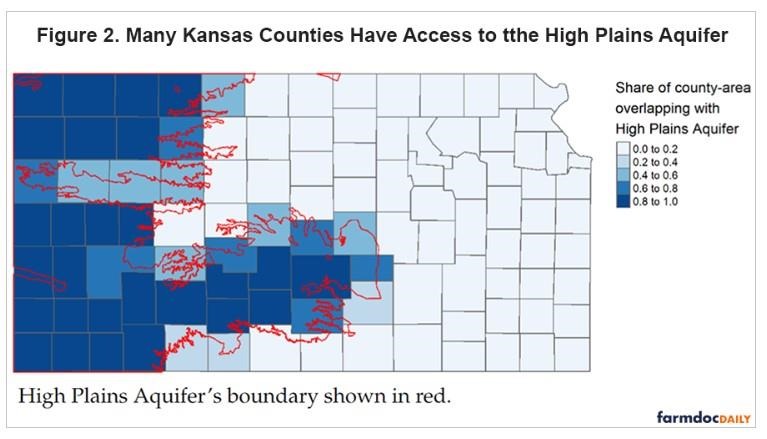The calf crop for 2021 came in at 35.1 million head, a 1.2% decrease from 2020. As of January 1, 2022, cow inventory totaled 30.1 million head, down 2.3% from 2021. Heifer inventory with total heifers at 19.8 million.
The last piece of this puzzle is supply and slaughter. Commercial cattle slaughter for April was 2.81 million head, down slightly from 2021. Steer slaughter was 1.33 million, 4% lower than 2021. Heifer slaughter for the month of April came in at 825,200, .05% lower than this time in 2021. Cow slaughter for the month of March came in at 640,382, 7% higher than the same time in 2021. It’s important to acknowledge the decrease in slaughter in all commercial cattle and the increase in cow and heifer slaughter. This illustrates industry position in the cattle cycle. Figure 1. illustrates the current and past two cattle cycles.
Based on Figure 1., the beef cattle industry is entering the contraction portion of the cattle cycle. Cows and heifers make up the breeding herd, which is responsible for supplying the calves entering the cattle inventory at any point during the cattle cycle. Increased cow and heifer slaughter will result in a smaller calf crop and inventory in the upcoming months of the cattle cycle. It is natural to conclude that future inventory will be down since the calf crop, cow and heifer inventory are all declining. However, the southern Plains are experiencing extreme drought and it is not uncommon to remove grazing animals from forage early for placement into feedlots under these circumstances. The movement of cattle from grazing to feedlot placement or vice versa can throw off inventory numbers.

Pasture and range land had a rough start in 2022, especially in the Western regions and southern Plains. Winter weather and rain have brought some greener pastures to the upper Midwest but USDA crop progress reported more than 50% of U.S. pastures are still rated poor to very poor compared to just under 50% reported in that condition last year. This can be compared to the five-year average of 26.6% of pasture and rangeland rated poor to very poor. A previous Market Intel published in May 2021, demonstrated how 2021 started off with record breaking drought. While more green grass in the Midwest is likely to slow the above average cow slaughter and placement of grazing animals into the feed to slaughter supply chain, much of the U.S. is still facing drought conditions in 2022. Figure 2. & Figure 3. illustrate the difference in the U.S. Drought Monitor between May 18, 2021, and May 17, 2022. There has been improvement in the overall drought situation, but much of the southern Plains are still rated as extreme or exceptional drought.


USDA National Agricultural Statistics Service’s Cattle on Feed (COF) program is a monthly feedlot survey conducted on feedlots with a capacity of 1,000 or more head. The April COF report estimated feedlot placements to be 1.99 million head, slightly below 2021 levels.
The May COF report, released on May 20, 2022, estimates cattle on feed as of May 1, 2022 to be 12 million head. This is up 2% from a year ago. The total number of cattle placed in feedlots is 1.81 million head, down 1% from last year.
While the report fails to explain how feedlot placements are even with last year while inventory numbers and calf crop are down, drought may be a part of the answer. Much of the Western United States, as well as the southern Plains, have experienced or are continuing to experience drought conditions. When this happens, it is not uncommon for ranchers in the Southern plains to move grazing cattle off wheat early. It is also a possibility that heifers previously listed as replacements are being placed into feedlots. Adjustments to Jan. 1 inventory numbers are not uncommon and may better reflect the situation as 2022 continues.
Click here to see more...